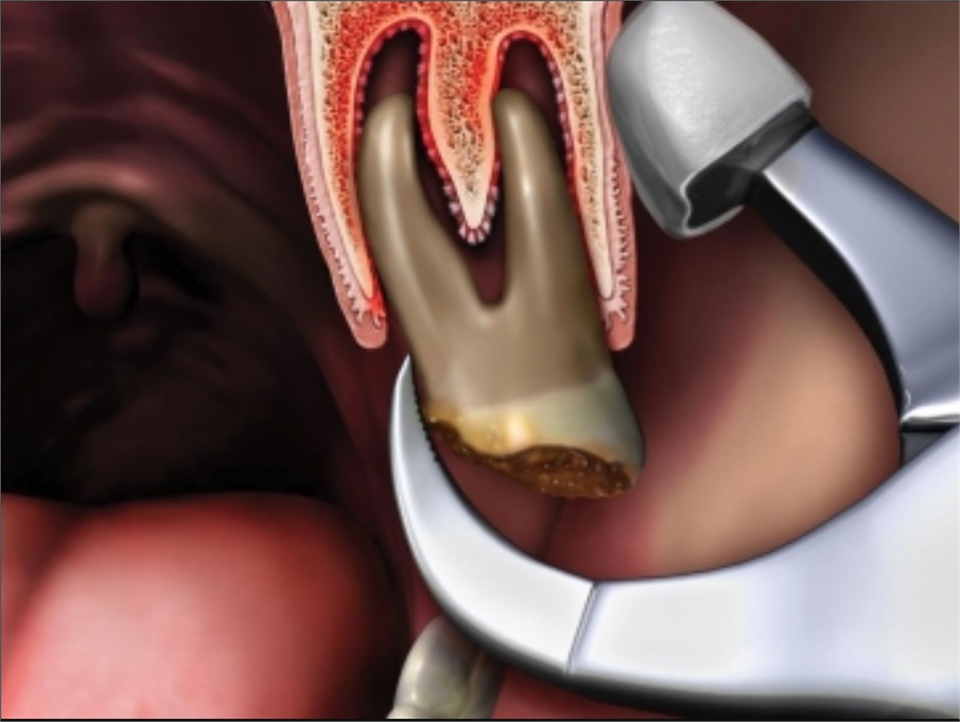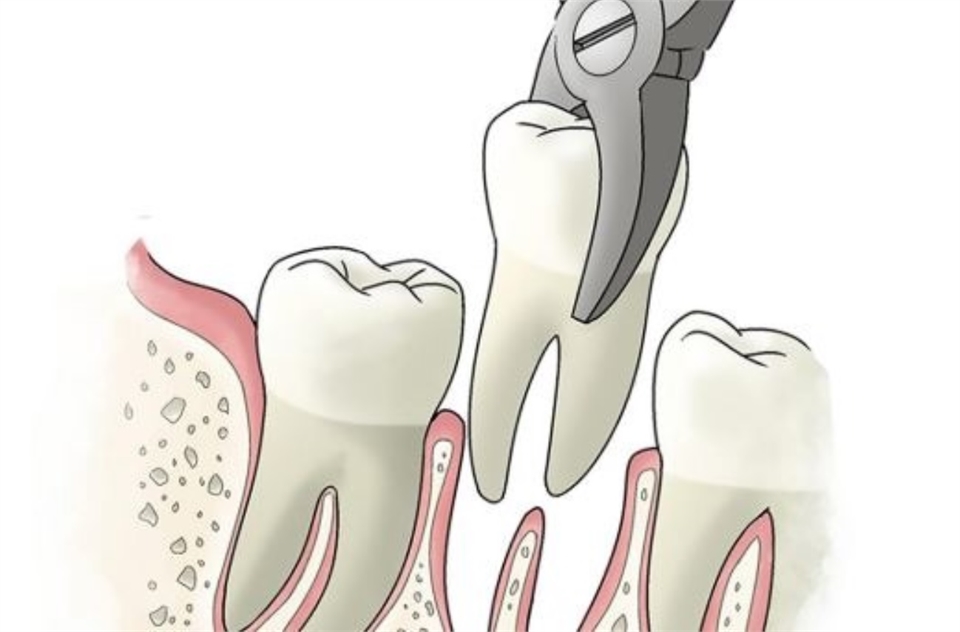I've got a bone spicule after tooth extraction
Do you think you've got a bony part left after tooth removal. Here's what to do and how to check it

Do you feel your tongue is constantly getting brushed against a pointed or rounded object near the gums? This uncomfortable feeling arises because of the presence of what is known as a bony spicules. ‘Spicule’ is a word derived from the Latin word ‘spica’ meaning pointed.
But how can one definitely confirm that the pointed protruding object is definitely a spicule?
A spicule commonly occurs following a tooth extraction procedure. If you have had an extraction procedure carried out, it is possible that the socket that held the tooth has left behind the remnants of the tooth or the tooth’s root. The socket itself might also get fractured in the process and it’s remnants can also act as spicules. Moreover, if the extracted tooth has a filling material on it, chances are that small chunks of the restorative material could have been left behind which would later present as spicules.
At home, how can you check if you have a spicule?
A spicule’s presence might cause a reddish swelling near the gums. In severe cases, it might be painful even to touch the region of the spicule. Ulcerations on the tongue because of the spicule are not uncommon. It is important to note that the size of the spicule might not necessarily be as what is visible or felt in the oral cavity.
What may have happened?
The bony spicule can reveal itself in the oral cavity through three processes. These spicules usually emerge in the first two weeks following the extraction procedure. Firstly, when the tooth socket is healing, the spicule can travel outwards by invading those tissues with least resistance. Secondly, if the spicule has a rounded margin, it might simply get lodged in the gum. Thirdly, the body’s natural mechanism follows a simple rule – eliminate the unnecessary. Many bony spicules are removed simply through the body’s natural processes and get exfoliated on their own.
Can a home remedy solve this?
There is not much that an individual can do at home. In case the bony spicule is mobile and small in size, a person can do warm saline gargles. At times, an individual might attempt to remove the bony spicule by a small tweezer or forceps. It might even solve the problem but the technique is not recommended. This is because the instrument used might not be as sterile as equipment in the dental operatory.
Is it normal to have bony spicules after tooth extraction?
No. Following the tooth extraction, a dentist often irrigates the extracted socket thoroughly and cleans the blood-filled socket with gauge pieces in order to have a better view at it. Later, a post-operative radiograph can also be taken to confirm that there are no bony remnants left behind. However, if the dentist does not perform these tasks or does not observe the radiograph properly, chances are that the patient leaves with an unwanted fragment in the socket.
How can the dentist diagnose and operate this?
Bony spicules might be directly visible in the oral cavity. However, in order to check the extent and depth of these spicules, a dentist might take a radiograph. If the observed spicule is less than 4 mm, the option of whether to remove it or not lies in the clinical knowledge of the dentist. The fragment should be removed in cases where the fragment is infected, near a nerve or artery, trapped in the sinus, etc. Any fragment more than 4 mm should be extracted.
The extraction of a bony fragment is done by a dentist following the application of an anaesthetic agent. Many times in order to improve the access to the bony spicule, a dentist might also raise a flap like structure by incising the gum tissue. The decision for the operated site to be stitched or not lies with the dentist’s expertise. A post-operative radiograph can help in assuring the complete obliteration of the spicule.
Is tooth extraction the only cause of bony spicule? If no, then how can that be treated?
The bone around the tooth is covered with gums. Extremely low-grade through improper toothbrushing, improper jaw to jaw relation or through chewing foods that lead to abrasion, can impair the blood supply in the gum region surrounding the bony area of the tooth. This can often weaken the tissue in that region, to the extent that it can no longer protect the underlying bone. The bone thus gets weakened, and its spicules thus pop up. The treatment of these spicules is similar as mentioned above. However, in cases of larger fragments, the dentist might take a look at the patient’s history associated with allergy to any drugs, previous bone infections, radiation therapies, etc.
1 Copper Row, London Bridge
London, SE1 2LH
England
United Kingdom
OPEN 24 HOURS A DAY,
7 days a week, 365 days


